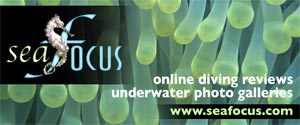- Home
- Directory
- Shop
- Underwater Cameras - Photographic Accessories
- Smartphone Housings
- Sea Scooters
- Hookah Dive Systems
- Underwater Metal Detectors
- Dive Gear
- Dive Accessories
- Diving DVD & Blu-Ray Discs
- Diving Books
- Underwater Drones
- Drones
- Subscriptions - Magazines
- Protective Cases
- Corrective Lenses
- Dive Wear
- Underwater Membership
- Assistive Technology - NDIS
- On Sale
- Underwater Gift Cards
- Underwater Art
- Power Stations
- Underwater Bargain Bin
- Brands
- 10bar
- AOI
- AquaTech
- AxisGo
- Backscatter Underwater Video and Photo
- BLU3
- Cayago
- Chasing
- Cinebags
- Digipower
- DJI
- Dyron
- Edge Smart Drive
- Eneloop
- Energizer
- Exotech Innovations
- Fantasea
- Fotocore
- Garmin
- Geneinno
- GoPro
- Hagul
- Hydro Sapiens
- Hydrotac
- Ikelite
- Indigo Industries
- Inon
- Insta360
- Intova
- Isotta Housings
- Jobe
- JOBY
- Kraken Sports
- LEFEET
- Mirage Dive
- Nautica Seascooters
- Nautilus Lifeline
- NautiSmart
- Nitecore
- Nokta Makro
- Oceanic
- Olympus
- OM System
- Orca Torch
- Paralenz
- PowerDive
- QYSEA
- Scubajet
- Scubalamp
- Sea & Sea
- SeaDoo Seascooter
- SeaLife
- Seavu
- Shark Shield
- Sherwood Scuba
- Spare Air
- StickTite
- Sublue
- Suunto
- SwellPro
- T-HOUSING
- Tusa
- U.N Photographics
- Venture Heat
- XTAR
- Yamaha Seascooter
- Youcan Robot
Wakatobi - a Diving Adventure in Sulawesi
Contributed by Wandy Hochgrebe

 The
WAKATOBI Dive Resort is located in a remote area of Indonesia: Southeast Sulawesi.
The currents that pass through channels and along the steep drop offs carry
an incredible diversity of marine life that settles on the substrates surrounding
the atolls. According to founder Lorenz Maeder the waters surrounding WAKATOBI
are the highest in biodiversity on the entire planet.
The
WAKATOBI Dive Resort is located in a remote area of Indonesia: Southeast Sulawesi.
The currents that pass through channels and along the steep drop offs carry
an incredible diversity of marine life that settles on the substrates surrounding
the atolls. According to founder Lorenz Maeder the waters surrounding WAKATOBI
are the highest in biodiversity on the entire planet.
Using oceanographic charts and meticulously studying currents this exact location to build WAKATOBI was chosen. Remoteness and pristine, highly diverse reefs were absolute requirements. The name WAKATOBI is made up from the first two letters of the four islands surrounding the resort: Wangi wangi, Kaledupa, Tomia and Binongko
This all has resulted in a beautiful relaxed and remote destination with absolutely pristine and mind blowing coral reef diving, where you can have the peace of mind that the local community has benefited and is being looked after and that the reefs you are diving are being protected.
On the day of departure from Bali we had to get up early to get to the Denpasar Airport in time, but once we got there we only needed to be half awake because the WAKATOBI and airport staff made everything so easy. Our luggage was taken care of and we were brought to the VIP lounge where we could help ourself to fresh fruit, pastries, coffee, tea and fried rice. It was exciting to already meet some of the other guests with whom we were going to spend the next 11 days.
 During
the flight I could see bits of Sulawesi from the window: tiny boats, remote
islands and beautiful lonely atolls. A promise of what was waiting for us.
During
the flight I could see bits of Sulawesi from the window: tiny boats, remote
islands and beautiful lonely atolls. A promise of what was waiting for us.
 The
plane landed on the neighbouring island, Tomia, where we were welcomed by Lorenz
and some WAKATOBI staff members. From the airstrip it was only a short drive
to the jetty where a boat was moored, waiting to take us to the next island
where WAKATOBI is located. When we got out of the little vans plenty of locals
had gathered and made us feel very special. The children were all saying “hello”,
“how are you” and “oh my God”. Some girls posed like
supermodels, wearing sunglasses from people in our group. Beautiful! What a
welcome.
The
plane landed on the neighbouring island, Tomia, where we were welcomed by Lorenz
and some WAKATOBI staff members. From the airstrip it was only a short drive
to the jetty where a boat was moored, waiting to take us to the next island
where WAKATOBI is located. When we got out of the little vans plenty of locals
had gathered and made us feel very special. The children were all saying “hello”,
“how are you” and “oh my God”. Some girls posed like
supermodels, wearing sunglasses from people in our group. Beautiful! What a
welcome.
Coming around the corner by boat I immediately recognised the longhouse from photos seen in the brochure and on the website. So far, I could really see myself coping with island life.
 We
were welcomed by the staff, paperwork was dealt with and we were shown our bungalow.
The bungalows are spacious and VERY comfortable with nice large beds, plenty
of storage space, a sitting area, a writing desk, LAN ports and your own large
bathroom. The little veranda on the front was a great spot to relax, read a
book or watch the sunset.
We
were welcomed by the staff, paperwork was dealt with and we were shown our bungalow.
The bungalows are spacious and VERY comfortable with nice large beds, plenty
of storage space, a sitting area, a writing desk, LAN ports and your own large
bathroom. The little veranda on the front was a great spot to relax, read a
book or watch the sunset.
 After
check-in, one of the first things we did was signing up for the very first WAKATOBI
dive on the famous House Reef that same afternoon. And it was excellent. The
House Reef is stunning! Already on your way towards the wall you swim over seagrass
beds absolutely filled to the rim with life such as Razorfish, Robust pipefish,
stonefish, cuttlefish and octopus. The wall of the house reef drops down a fair
way, but you generally end up in the upper 10 meters where the light is best.
Every inch is completely covered with sessile marine life. The House Reef boasts
a huge variety of corals, sponges, anemones and ascidians. Red-tooth Tiggerfish
zoom up and down the wall. At the end of this first dive our guide Gillian found
two Stopsign Pipefish and a small Banded Seasnake. Some of the Gorgonian Fans
had the Pygmy Seahorses in them. Very small! I must honestly say that the first
Pygmy Seahorse I was shown was not really what I expected. It looked very sleepy,
but when I looked closer it did sort of move its eye. My dive buddy
After
check-in, one of the first things we did was signing up for the very first WAKATOBI
dive on the famous House Reef that same afternoon. And it was excellent. The
House Reef is stunning! Already on your way towards the wall you swim over seagrass
beds absolutely filled to the rim with life such as Razorfish, Robust pipefish,
stonefish, cuttlefish and octopus. The wall of the house reef drops down a fair
way, but you generally end up in the upper 10 meters where the light is best.
Every inch is completely covered with sessile marine life. The House Reef boasts
a huge variety of corals, sponges, anemones and ascidians. Red-tooth Tiggerfish
zoom up and down the wall. At the end of this first dive our guide Gillian found
two Stopsign Pipefish and a small Banded Seasnake. Some of the Gorgonian Fans
had the Pygmy Seahorses in them. Very small! I must honestly say that the first
Pygmy Seahorse I was shown was not really what I expected. It looked very sleepy,
but when I looked closer it did sort of move its eye. My dive buddy  wasn't
impressed and I had to beg him to try to make a picture with the digital camera.
The Pygmies we saw during the following days were a bit more active and sometimes
even hopped to another branch of the fan they were trying to hide themselves
on. To spot these little creatures you must have either good eyesight or you
have to know where they are. Fortunately, for us, the experienced staff from
WAKATOBI tirelessly kept pointing them out.
wasn't
impressed and I had to beg him to try to make a picture with the digital camera.
The Pygmies we saw during the following days were a bit more active and sometimes
even hopped to another branch of the fan they were trying to hide themselves
on. To spot these little creatures you must have either good eyesight or you
have to know where they are. Fortunately, for us, the experienced staff from
WAKATOBI tirelessly kept pointing them out.
Coming back from the dive we quickly rinsed our gear and stored it in the boxes, had a quick shower and enjoyed the first of many beautiful sunsets.

 Later
on, after diner, there was a short brief on safety and a general overview how
diving at WAKATOBI is organised. Because we had a fairly large group (27) we
were divided up in three groups that would dive from three different boats.
Each boat would do three dives a day. The House Reef was open for diving all
day. Boat dives did have a time limit for logistical reasons (who would want
to miss out on lunch for example), but most people were very happy with the
60 – 90 minute bottom times.
Later
on, after diner, there was a short brief on safety and a general overview how
diving at WAKATOBI is organised. Because we had a fairly large group (27) we
were divided up in three groups that would dive from three different boats.
Each boat would do three dives a day. The House Reef was open for diving all
day. Boat dives did have a time limit for logistical reasons (who would want
to miss out on lunch for example), but most people were very happy with the
60 – 90 minute bottom times.
I could not even start to describe each dive site accessible from WAKATOBI. Of the sites we dived during our stay my favourites would have been Blade, Roma, Waitii Teluk and Waitii Ridge. Saying that, I am sure that I would have loved all the other dive sites we did not get to, but heard stories about.
 The
marine life on the reefs surrounding WAKATOBI is truly amazing. The House Reef
is a very good indication of what the other reefs looks like in regards to the
biodiversity. Every inch of substrate is covered with sessile growth and a huge
number of small to very small critters find food and shelter in between. The
diversity is overwhelming. Within a few meters you would find several different
species of ascidians, sponges, anemones and corals. And size does matter. The
small critters are definitely appreciated at WAKATOBI.
The
marine life on the reefs surrounding WAKATOBI is truly amazing. The House Reef
is a very good indication of what the other reefs looks like in regards to the
biodiversity. Every inch of substrate is covered with sessile growth and a huge
number of small to very small critters find food and shelter in between. The
diversity is overwhelming. Within a few meters you would find several different
species of ascidians, sponges, anemones and corals. And size does matter. The
small critters are definitely appreciated at WAKATOBI.
 While
admiring ten different species of ascidians with their different colours and
sizes within a few square inches I would accidentally discover tiny crabs, shrimps
and nudibranchs moving about. A small patch of boring seaweed suddenly became
one of the highlights of my dive when our guide, Elie, pointed out the smallest
juvenile lionfish I have ever seen; it was maybe only half a centimetre long.
While
admiring ten different species of ascidians with their different colours and
sizes within a few square inches I would accidentally discover tiny crabs, shrimps
and nudibranchs moving about. A small patch of boring seaweed suddenly became
one of the highlights of my dive when our guide, Elie, pointed out the smallest
juvenile lionfish I have ever seen; it was maybe only half a centimetre long.
 When
we were diving with a group and someone found something of interest it wasn’t
always easy to understand what they were pointing at. Even after everybody had
a look at ‘something’ busily pointing and nodding, giving each other
the okay hand signal and excitedly swimming off I generally needed a few more
minutes to actually spot what ever they were looking at. Camouflage can work
remarkably well. Sometimes I just pretended I saw something, but I was really
just staring at some fluff. That was why I was surprised when another bit of
fluff I was staring at suddenly seemed to scurry sideways: an orang utang or
hairy spider crab. Looking more carefully I saw its little front legs lifted
in the air. No you can’t really tell from the photo. I kept thinking:”
Why did we photograph this orange bit of seaweed. Oh, that’s right….”
When
we were diving with a group and someone found something of interest it wasn’t
always easy to understand what they were pointing at. Even after everybody had
a look at ‘something’ busily pointing and nodding, giving each other
the okay hand signal and excitedly swimming off I generally needed a few more
minutes to actually spot what ever they were looking at. Camouflage can work
remarkably well. Sometimes I just pretended I saw something, but I was really
just staring at some fluff. That was why I was surprised when another bit of
fluff I was staring at suddenly seemed to scurry sideways: an orang utang or
hairy spider crab. Looking more carefully I saw its little front legs lifted
in the air. No you can’t really tell from the photo. I kept thinking:”
Why did we photograph this orange bit of seaweed. Oh, that’s right….”
Little colourful hermit crabs would
find a home in empty worm holes in corals, looking out. I got the feeling that
you could just stare at anything and it would move eventually or something would
reveal itself.

 Did
I mention the Crocodilefish with its remarkable eyes, the Frogfish that comes
in yellow, red or white, the Leaf Scorpionfish, mostly just sitting there, colourful
sea cucumbers walking over the reef, some funky nudibranchs and sea stars. And
what about the Banded Seasnake, the beautiful fans in all colours, shapes and
sizes and the White Coral Pipefish in its Mushroom Coral.
Did
I mention the Crocodilefish with its remarkable eyes, the Frogfish that comes
in yellow, red or white, the Leaf Scorpionfish, mostly just sitting there, colourful
sea cucumbers walking over the reef, some funky nudibranchs and sea stars. And
what about the Banded Seasnake, the beautiful fans in all colours, shapes and
sizes and the White Coral Pipefish in its Mushroom Coral.
Even on sandy patches there was plenty to see. We saw a jawfish with its eggs
in its

 mouth,
peaking out. We saw Ribbon Eels, including juvenile ones that were almost completely
back. Sometimes those eels shared one hole and two or three poked their heads
out. On a very extended safety stop at three meters a fairly large octopus went
around in circles jumping from rock to coral outcrop changing colours as he
went. There were also plenty of shrimp gobies and their shrimps. Spearing and
smashing Mantis Shrimp had their burrows all over the place and of course then
there were garden eels sticking out of the sand.
mouth,
peaking out. We saw Ribbon Eels, including juvenile ones that were almost completely
back. Sometimes those eels shared one hole and two or three poked their heads
out. On a very extended safety stop at three meters a fairly large octopus went
around in circles jumping from rock to coral outcrop changing colours as he
went. There were also plenty of shrimp gobies and their shrimps. Spearing and
smashing Mantis Shrimp had their burrows all over the place and of course then
there were garden eels sticking out of the sand.
The huge barrel sponges we saw all over the place impressed us as well. Some species were large, long tubes sticking out from the walls and others stood like giant vases between corals. These sponges can grow over a meter high and were sometimes covered with growth. Shrimp and small fish would look for refuge in the ridges on the outside or duck inside.

 Large
marine life is not very common at WAKATOBI, but the occasional rays and turtles
are seen at different reefs. Other larger life we saw were schools of Humphead
Parrotfish grazing on the reefs, and Longtoms hanging above us just underneath
the water’s surface.
Large
marine life is not very common at WAKATOBI, but the occasional rays and turtles
are seen at different reefs. Other larger life we saw were schools of Humphead
Parrotfish grazing on the reefs, and Longtoms hanging above us just underneath
the water’s surface.
It was nice to sometimes just float a bit away from a wall and just look out into the blue or watching the reef from a distance and see these busy underwater cities with fusiliers zooming up and down in large schools, the Red-tooth Triggerfish looking like fairies, fluttering their fins and tails and trevally hunting. I also could not get enough of all the different species of anemonefish and the see-through Commensal Shrimps dancing on anemones, jumping from one tentacle to the next or bouncing on the bubble anemones.
 The
very organised guests would manage to do an early morning dive on the House
Reef, go on the three scheduled boat dives and squeeze in another dive on the
House Reef in the afternoon or at night.
The
very organised guests would manage to do an early morning dive on the House
Reef, go on the three scheduled boat dives and squeeze in another dive on the
House Reef in the afternoon or at night.
 The
amount of technology people brought was overwhelming. Besides the normal presence
of dive gear and the gimmicks that go with it, most people had still or video
cameras, laptops, card readers and very bright lights. A special air-conditioned
room was available for people to look after their photo and video equipment.
The
amount of technology people brought was overwhelming. Besides the normal presence
of dive gear and the gimmicks that go with it, most people had still or video
cameras, laptops, card readers and very bright lights. A special air-conditioned
room was available for people to look after their photo and video equipment.
All meals were served in the longhouse communal area. Food was on display, buffet style. Surprisingly I still fitted in my wetsuit by the end of my 11-day stay. My metabolic system had become completely used to having 6 different desserts per day. Every day I would wake up and tell myself that today I would hold back, to no avail. The sound of the gong must have induced short-term memory loss by the time I’d reach the long house. And I was not the only one that had troubles holding back!
Each and every staff members at WAKATOBI was very professional, knowledgeable,
extremely friendly and hardworking. The locals see that tourism can bring good
things and provides long-term benefits to the community, but I still felt very
privileged that we were so welcome to stay on their island.
 Too
soon the 11 days were over and we had to leave our little paradise behind. Besides
the fantastic diving we had also met wonderful people working and holidaying
at WAKATOBI, including some very funny (and handsome) Americans. So many places
we had not dived yet, so many things I had not seen and others had been talking
about……We’ll just have to come back.
Too
soon the 11 days were over and we had to leave our little paradise behind. Besides
the fantastic diving we had also met wonderful people working and holidaying
at WAKATOBI, including some very funny (and handsome) Americans. So many places
we had not dived yet, so many things I had not seen and others had been talking
about……We’ll just have to come back.
 A
trip to WAKATOBI does not come cheap, but many guests return on a regular basis
for a reason and it is a unique and wonderful dive holiday destination. The
price includes a return flight to WAKATOBI from Bali, all accommodation (including
linen and towels), meals and the diving. For an additional fee you can dive on nitrox if you are certified to do so. All other extras you have to pay for (drinks, internet
access etc) are more expensive in comparison to Bali, but who complains when
you can enjoy a great Long Island Tea while watching the sunset in such a remote
spot.
A
trip to WAKATOBI does not come cheap, but many guests return on a regular basis
for a reason and it is a unique and wonderful dive holiday destination. The
price includes a return flight to WAKATOBI from Bali, all accommodation (including
linen and towels), meals and the diving. For an additional fee you can dive on nitrox if you are certified to do so. All other extras you have to pay for (drinks, internet
access etc) are more expensive in comparison to Bali, but who complains when
you can enjoy a great Long Island Tea while watching the sunset in such a remote
spot.
The Pelagian liveaboard is now under Wakatobi management and will be based at WAKATOBI. This offers guests of WAKATOBI an additional option of a live aboard experience in this remote area.
For more information on your trip to WAKATOBI check out their extensive web site with all kinds of information and lots of photographs on www.wakatobi.com.
Shopfront
-
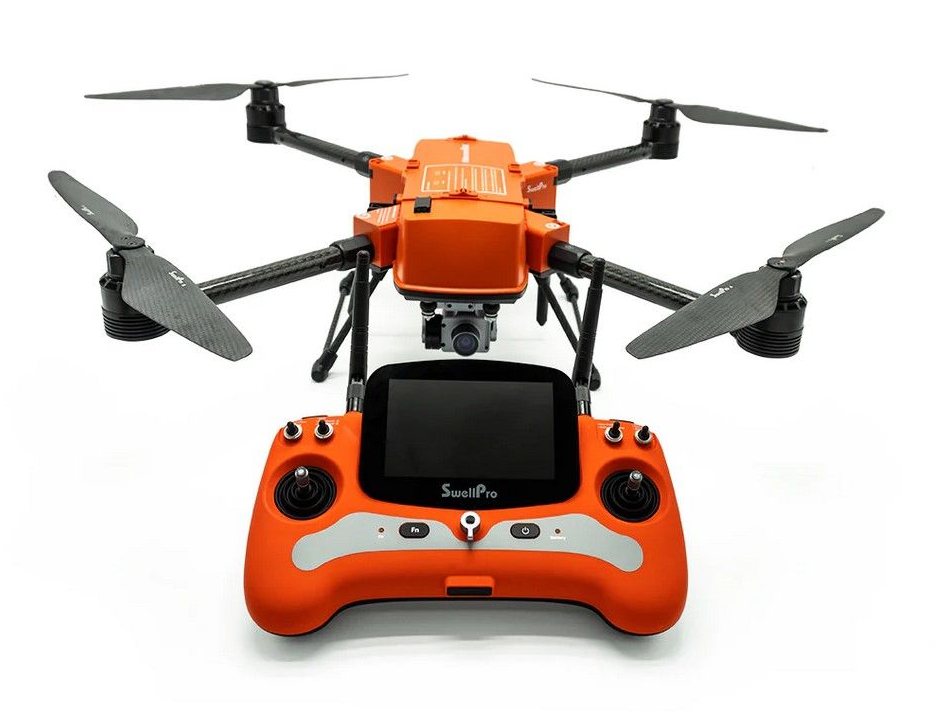 SwellPro Fisherman MAX Heavy Lift Fishing Drone Advanced
SwellPro Fisherman MAX Heavy Lift Fishing Drone Advanced
- Price A$ 3,999.00
-
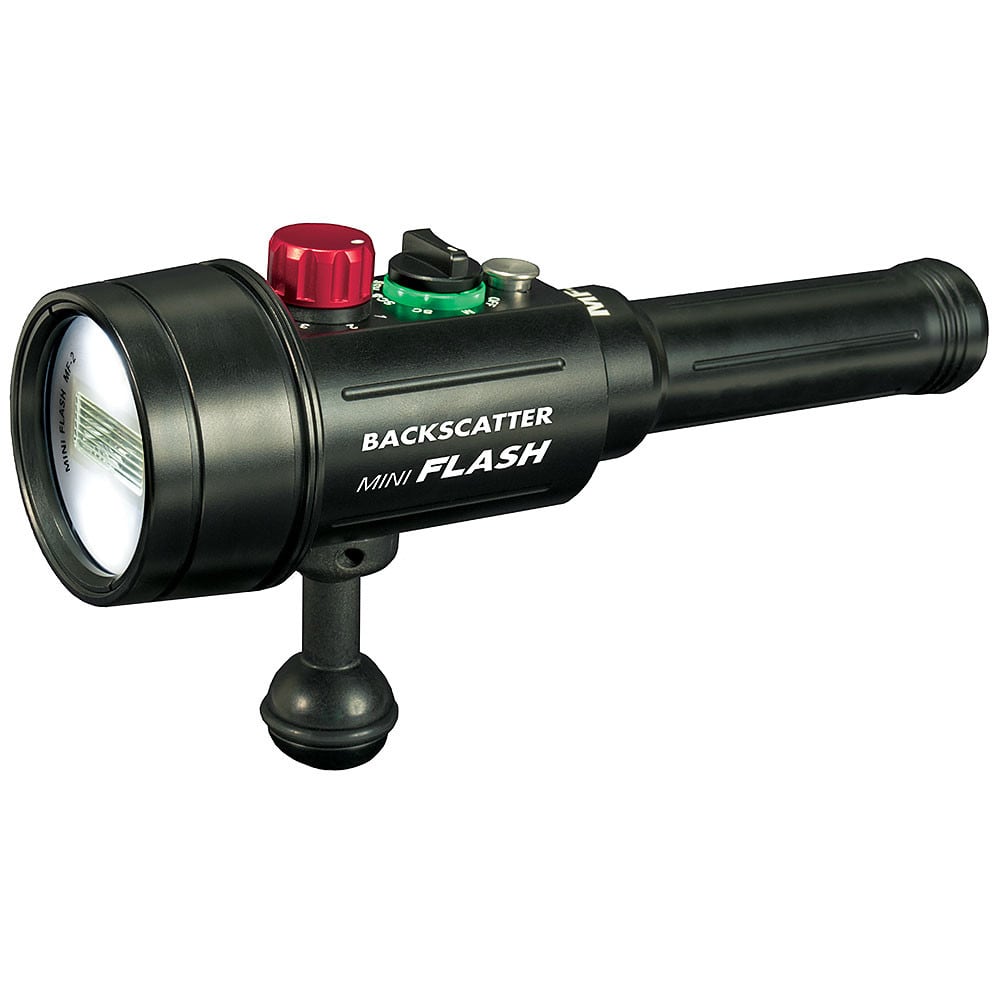 Backscatter Mini Flash 2 Underwater Strobe MF-2
Backscatter Mini Flash 2 Underwater Strobe MF-2
- Price A$ 649.00
-
 Kraken Hydra 6000 V2
Kraken Hydra 6000 V2
- Price A$ 849.00
-
 Stickon Bifocals - StickTite Lenses - 32mm
Stickon Bifocals - StickTite Lenses - 32mm
- Price A$ 49.95
-
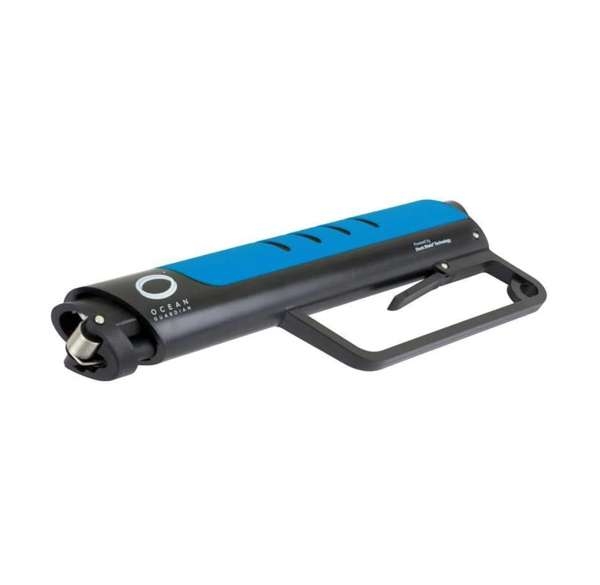 Ocean Guardian eSPEAR - Shark Shield
Ocean Guardian eSPEAR - Shark Shield
- Price A$ 349.00
-
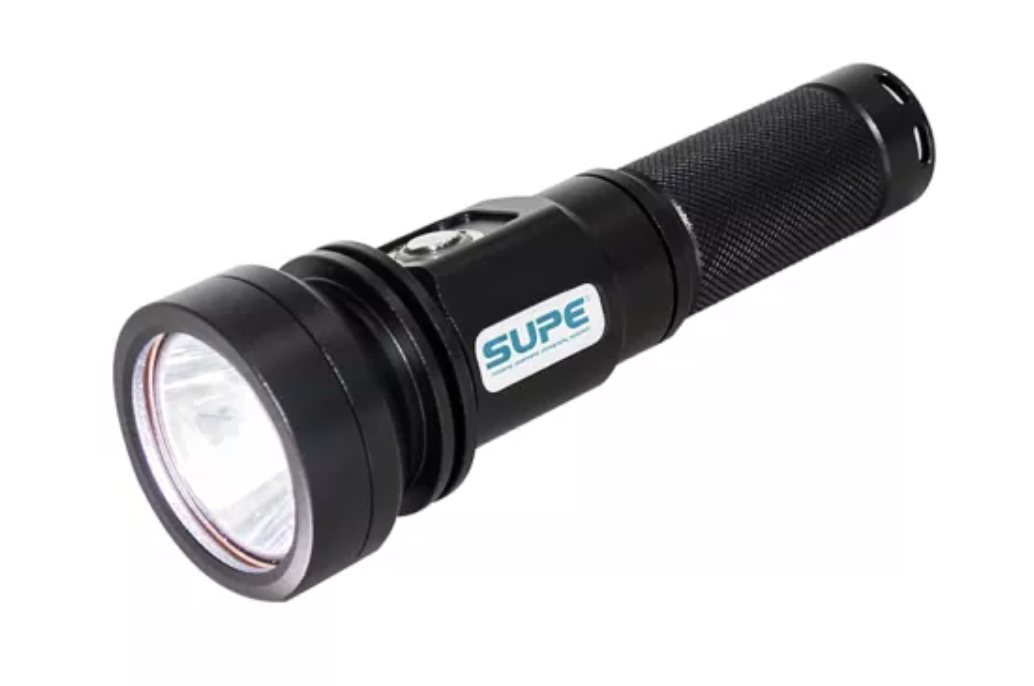 SUPE Scubalamp RD92 LED Recreational Diving Torch - 2000 lumens
SUPE Scubalamp RD92 LED Recreational Diving Torch - 2000 lumens
- Price A$ 189.00
-
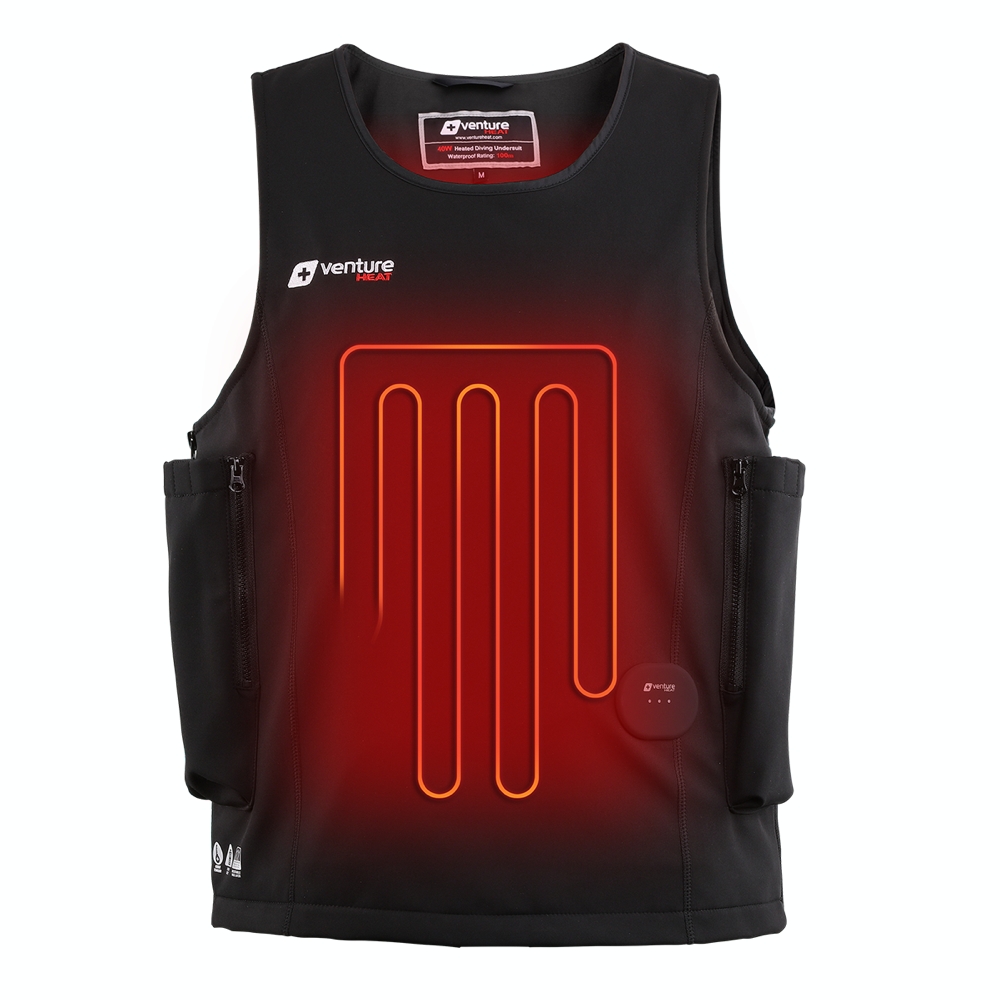 Venture Heat - Pro 32w Dive Vest Kit - V2
Venture Heat - Pro 32w Dive Vest Kit - V2
- Price A$ 1,139.00
In the Directory

 Pelagian Dive Yacht
Pelagian Dive Yacht
Feel like you're on a private yacht charter with just ten guests. Pelagian cruises the outer reaches of the exquisite Wakatobi region.
 Wakatobi Dive Resort
Wakatobi Dive Resort
Wakatobi Dive Resort has some of the most pristine reefs in Indonesia at its doorstep. Protected by their Collaborative Reef Conservation Program, Wakatobi is the #1 choice for sophisticated divers.


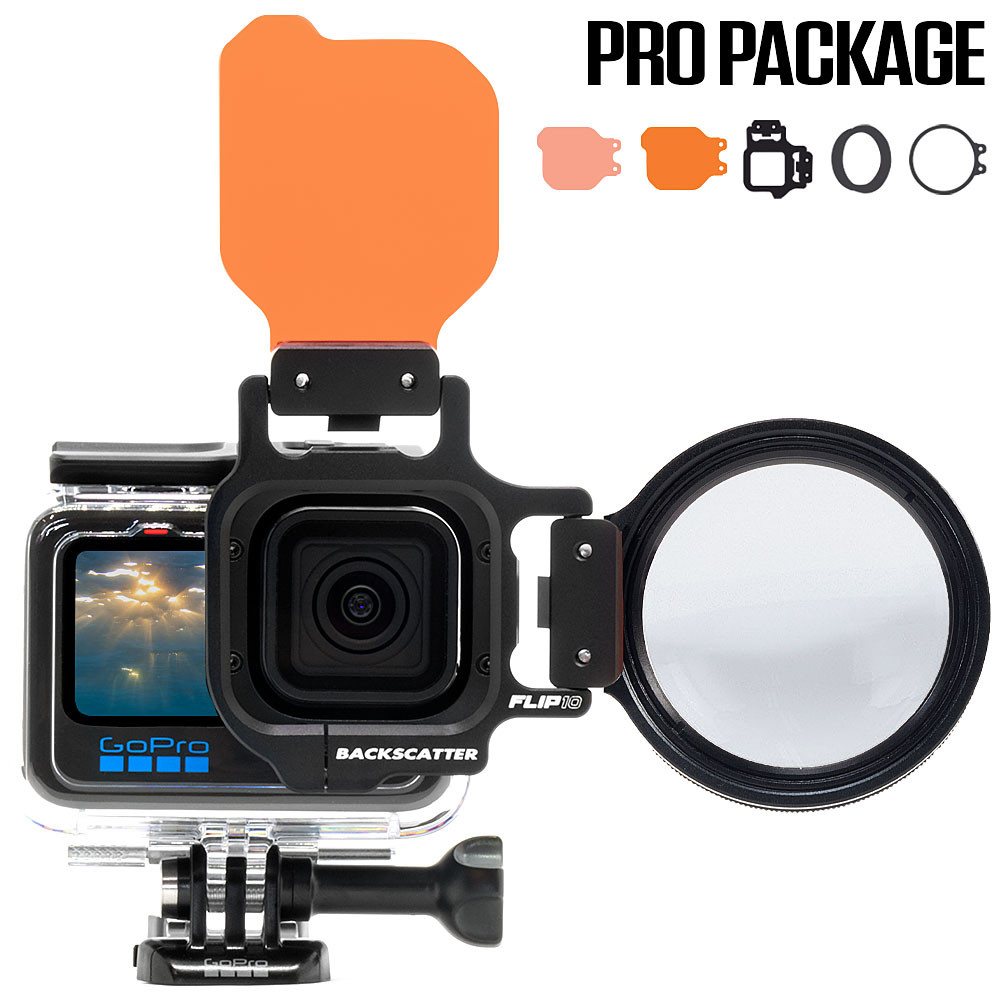

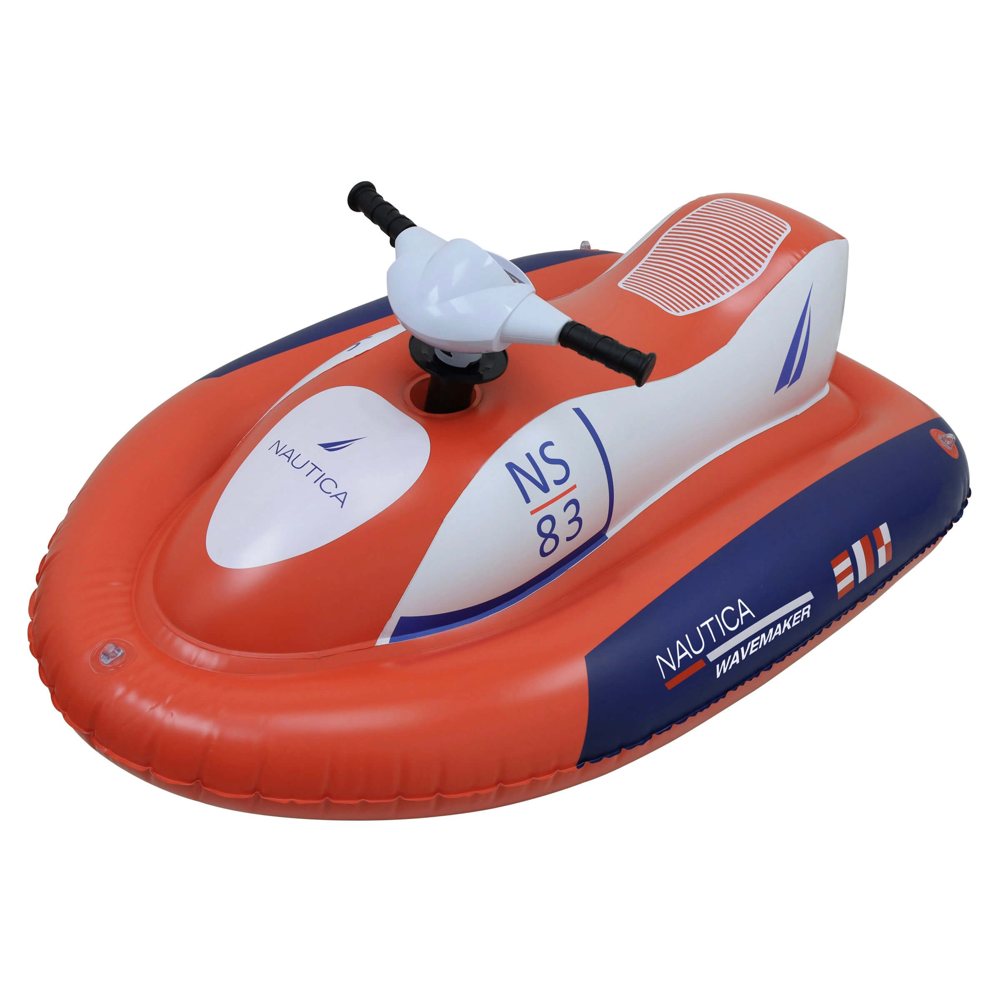
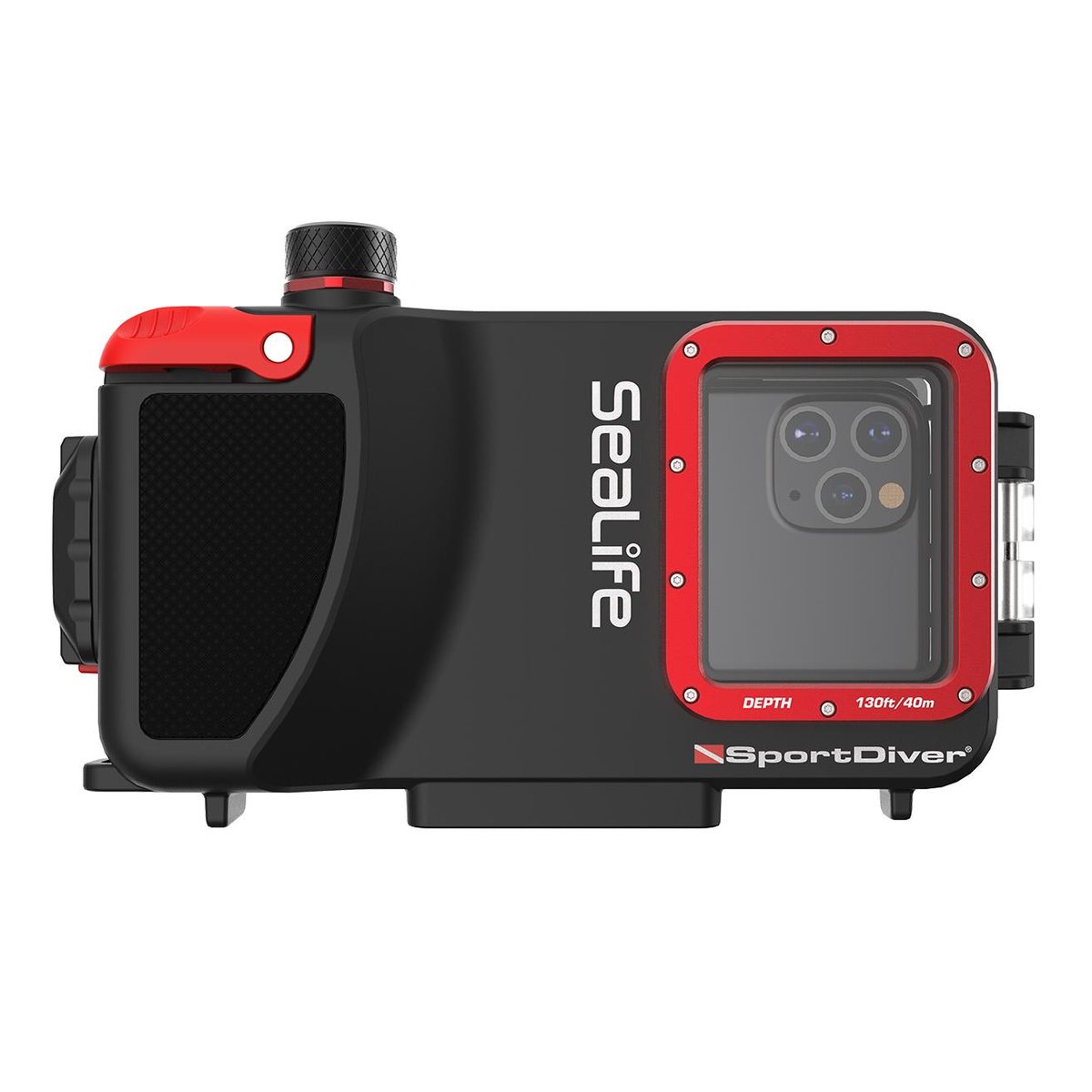
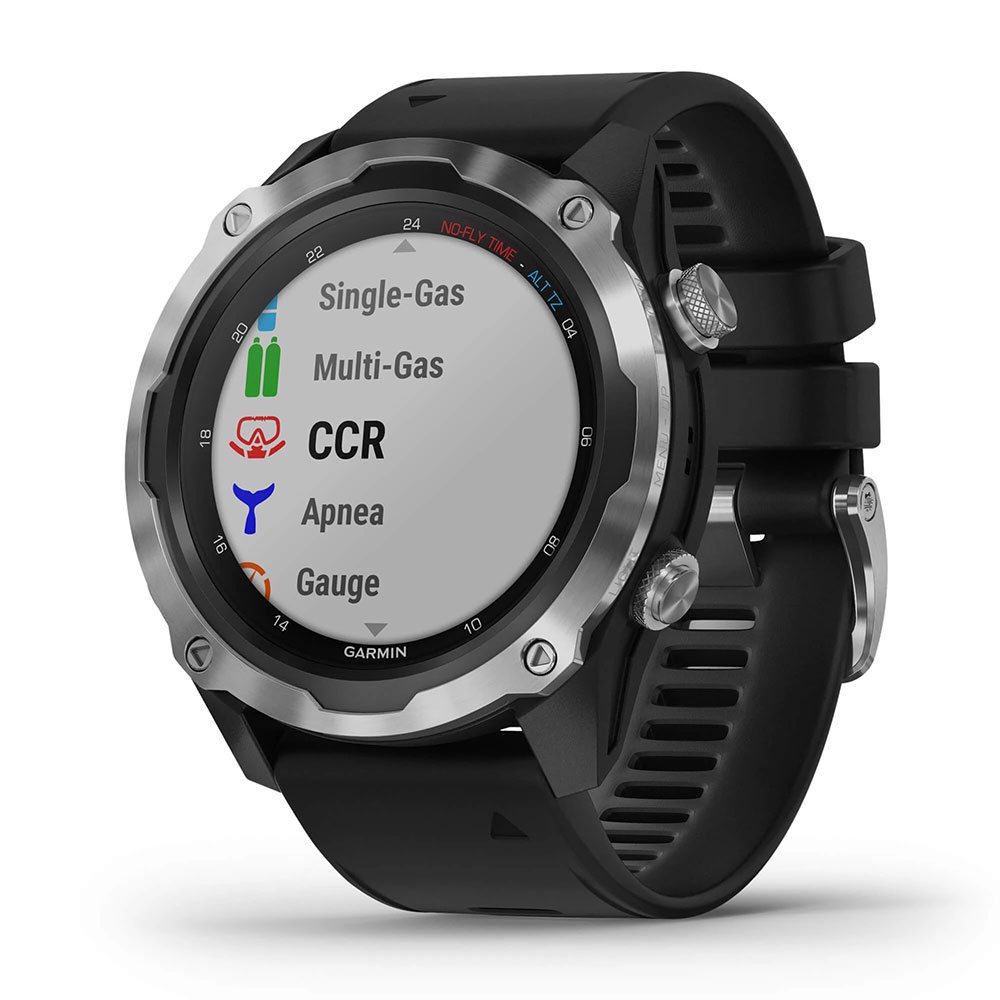
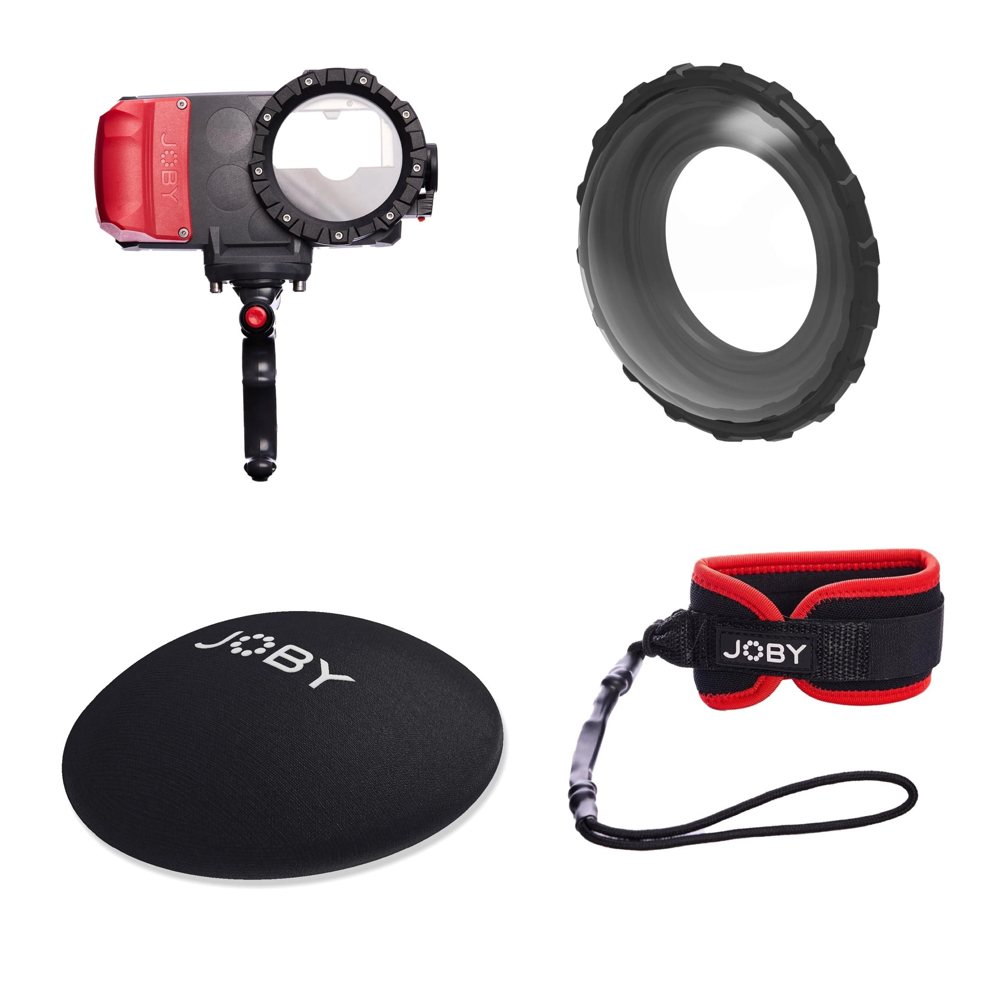
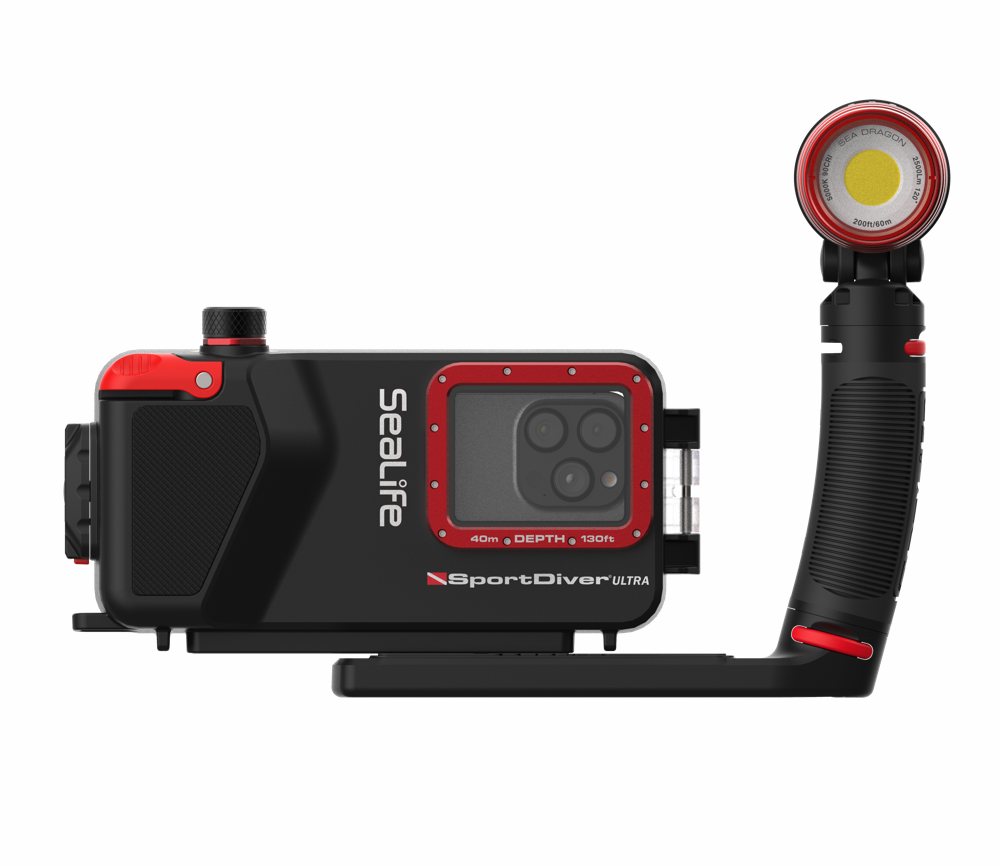



 Scubalamp PV21 LED Video/Photo Light - 2000 lumens wide - 1200 lumens spot
Scubalamp PV21 LED Video/Photo Light - 2000 lumens wide - 1200 lumens spot 



